Why has the greatest patient scandal in the history of the NHS rumbled on for so long before its victims even start to see justice?
Today the government awarded £100,000 in interim compensation to around 4,000 survivors of the contaminated blood scandal, as recommended by Sir Robert Francis, who published a report on the matter earlier this year. They have been fighting for 40 years for justice that, as yet, does not cover the bereaved parents and children of those who were infected with HIV and Hepatitis C when they were given dirty blood products for their haemophilia or blood transfusions. For that, they will have to wait until the conclusion of the public inquiry led by Sir Brian Langstaff later this year.
Contaminated blood was far worse in terms of scale and government culpability than much better-known scandals such as thalidomide. The stories of lives ruined or lost, and families stigmatised to the extent they had to leave their communities because their desperately ill children were no longer welcome in the local school, are hard for anyone to hear. Lee Turton, for instance, was diagnosed with haemophilia shortly after his birth in 1981. His parents found out four years later that the blood products meant to help manage his condition had infected him with HIV. It was only after his death in 1992 that they also discovered he had been infected with Hepatitis C. His short life became increasingly painful and isolated. A teacher at his school said they would refuse to have him in their class. Parents at the school expressed similar fears and refused to invite Lee to their children’s birthday parties, so the Turtons moved to Cornwall where no one would know their son’s diagnosis. In 2019, as she gave evidence to the Infected Blood Inquiry, his mother Denise watched for the first time a video of her dying son’s final Christmas. Previously she had found the prospect of watching the footage of her emaciated son barely able to acknowledge his parents too distressing. It is hard for anyone to view that video, let alone those who actually knew the jovial little boy.
With stories like Lee’s – and there are between 5,000 and 30,000 people affected by this scandal – it is hard to understand why it has taken so long for there to be anything like proper compensation, let alone the public inquiry that so many families hope will finally bring a form of justice. The answer that Diana Johnson, a Labour MP who has campaigned for years on this, eventually reached was that the government and health service ignored these patients for one simple reason: they could. Ministers who came into the Department for Health were repeatedly fobbed off with a ‘nothing to see here’ line. It shouldn’t have taken 40 years for there to be an answer for what happened to thousands of patients who trusted their health service and the treatments it was giving them. The old saying that power corrupts may well be true, but what it far more commonly does is remove accountability.
Got something to add? Join the discussion and comment below.
Get 10 issues for just $10
Subscribe to The Spectator Australia today for the next 10 magazine issues, plus full online access, for just $10.


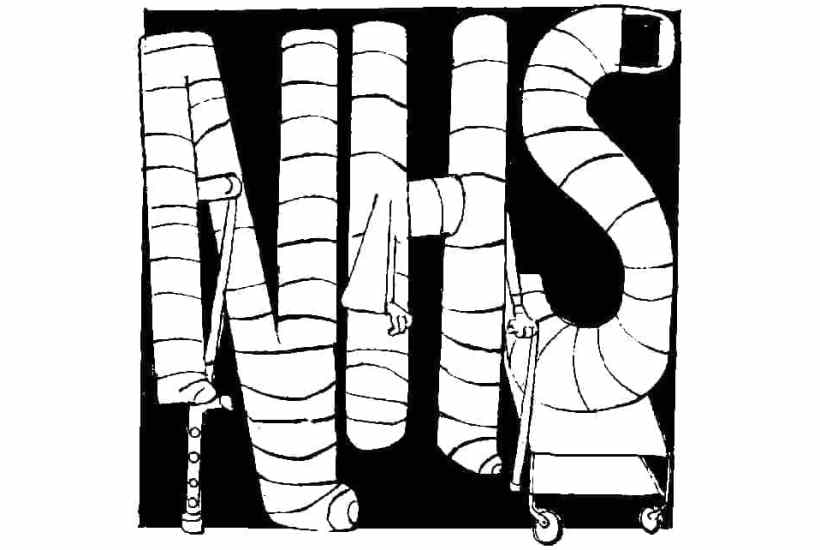
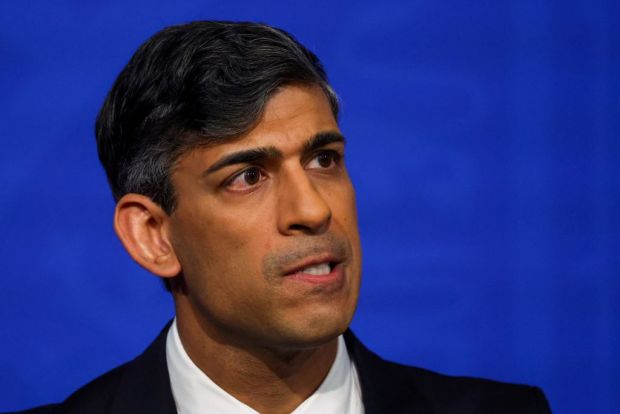
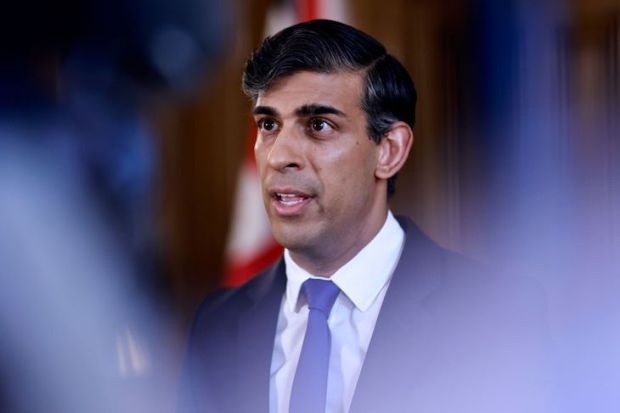
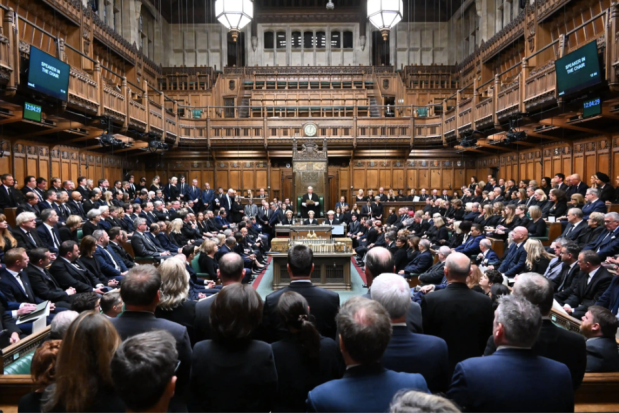

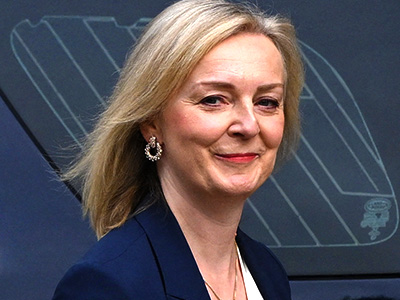
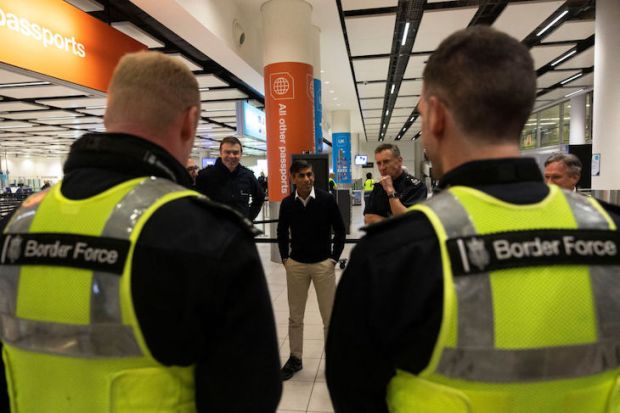












Comments
Don't miss out
Join the conversation with other Spectator Australia readers. Subscribe to leave a comment.
SUBSCRIBEAlready a subscriber? Log in